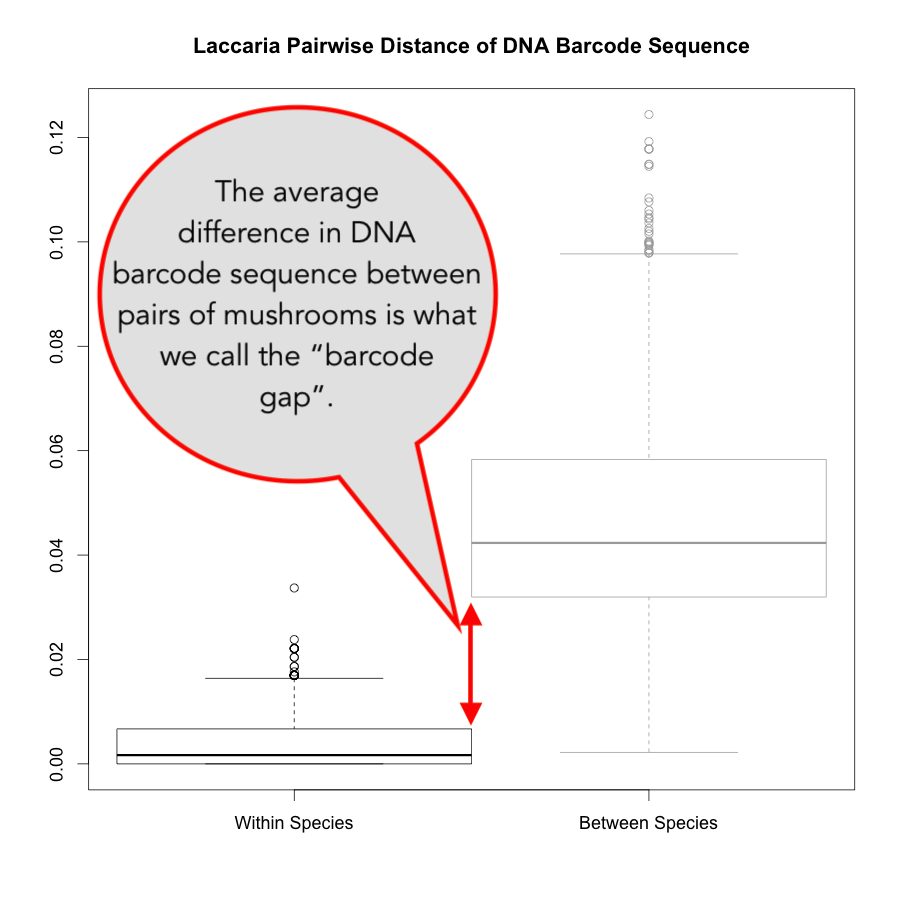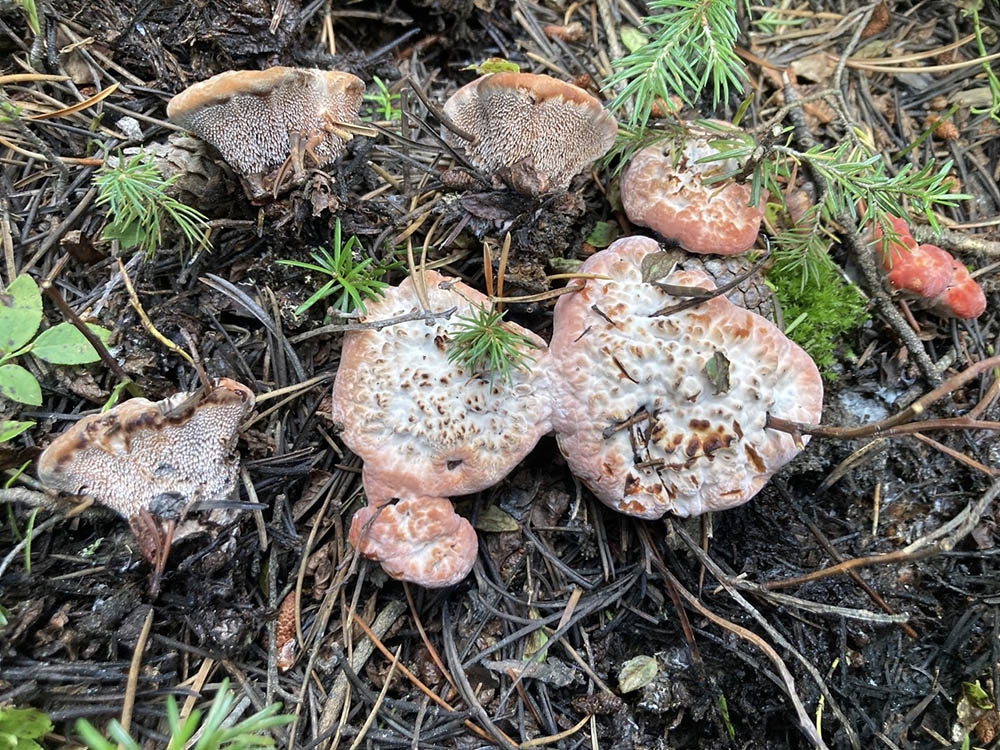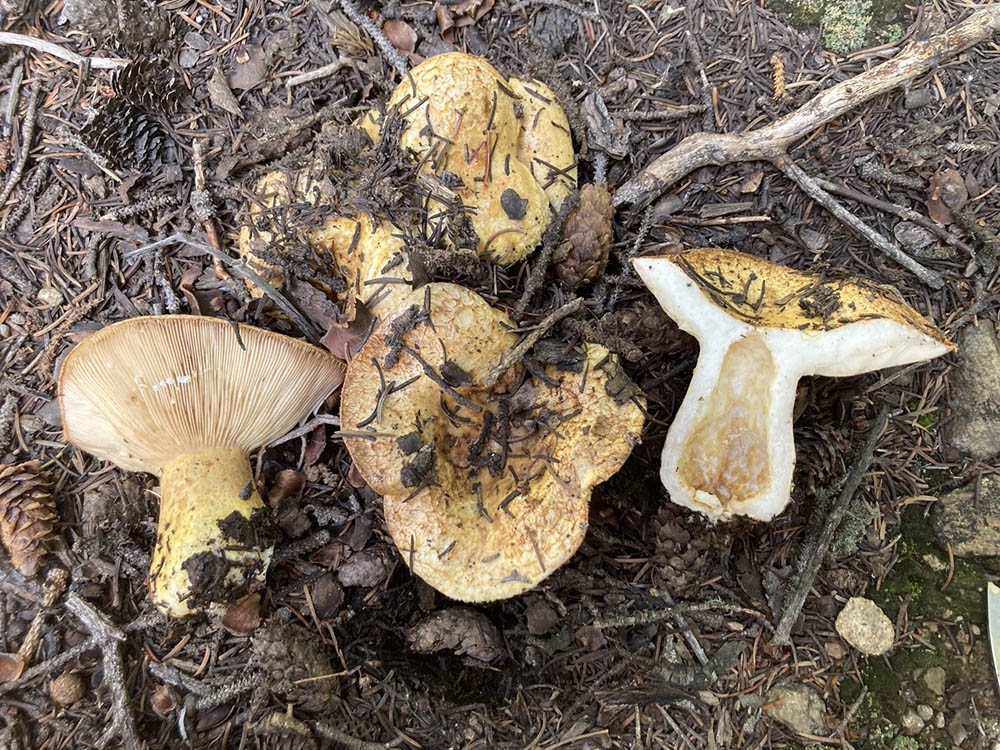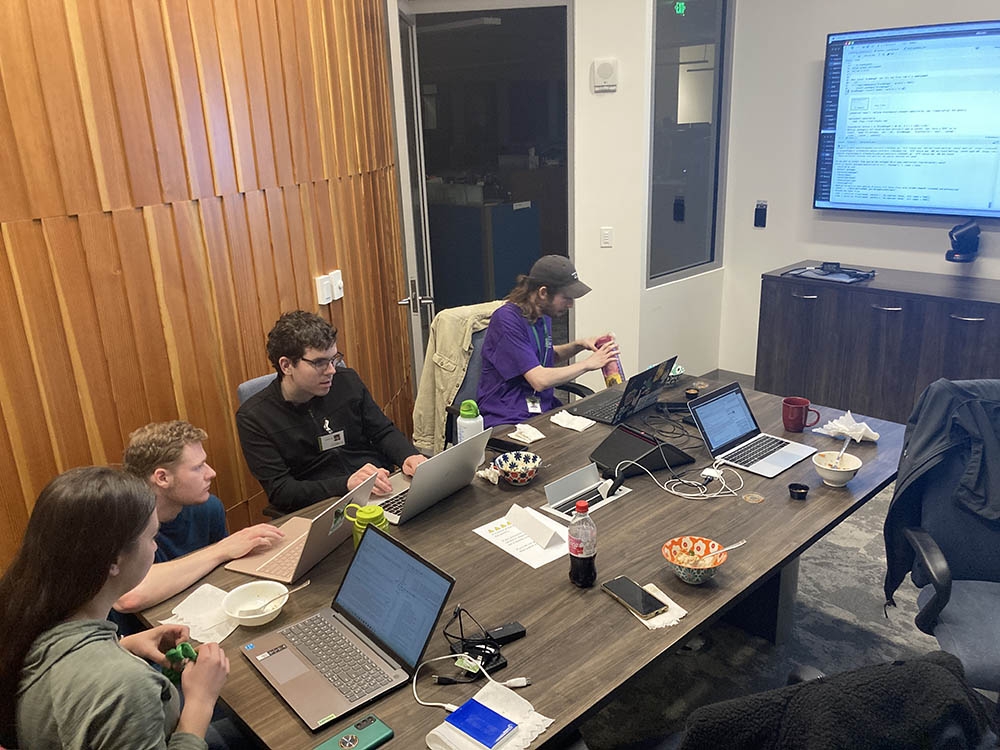What Is DNA Barcoding?
Being able to explore the diversity of our world is one of the privileges of being part of the Research & Conservation Department at Denver Botanic Gardens. One of the challenges we face is in addressing how we explore this diversity. For fungi, recognizing diversity was practiced much in the same way it was for plants. The morphology, or the way mushrooms appeared, often guided the decision on whether to group different mushrooms together. However, once DNA sequencing came along, the world of mycological diversity expanded greatly, if not turned on its head.
In the world of mushrooms today, we understand how imperfect our eyes are at recognizing the cryptic diversity in fungi. To fix this, one of the tools mycologists use is DNA barcoding. This involves the sequencing of a short segment of the mushroom’s DNA, about 600-800 base pairs. As an analogy this can be thought of as a single word that is 600-800 letters long but using an alphabet that only contains four letters. The combination of letters between individual mushrooms lets you know if they are the same species (few to no differences in the letters between “words”) or different (numerous differences in the letters). Between different species we can measure the average number of differences we might expect between their DNA barcodes. We call this the “barcode gap,” and we use this to help identify species of fungi (see illustration).
At Denver Botanic Gardens, we have developed a method to generate this DNA barcode sequence data for hundreds of specimens efficiently and cost effectively. Graduate student Justin Loucks is currently using this method to describe the diversity of ectomycorrhizal genera Hydnellum and Sarcodon in the Western United States. We’re also exploring diversity of groups like the Russulaceae in the Southern Rocky Mountain region (see picture). Generating all this data takes time, and after it’s produced it needs to be processed and analyzed before we can use it to study diversity. While this work involves time and effort, we are making significant progress in using the fungal collections in the Sam Mitchel Herbarium of Fungi to better understand the diversity of mushrooms in the forests of Colorado.
Gallery




Add new comment